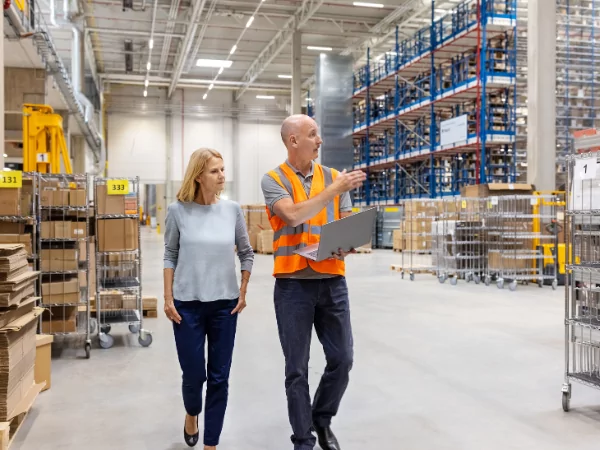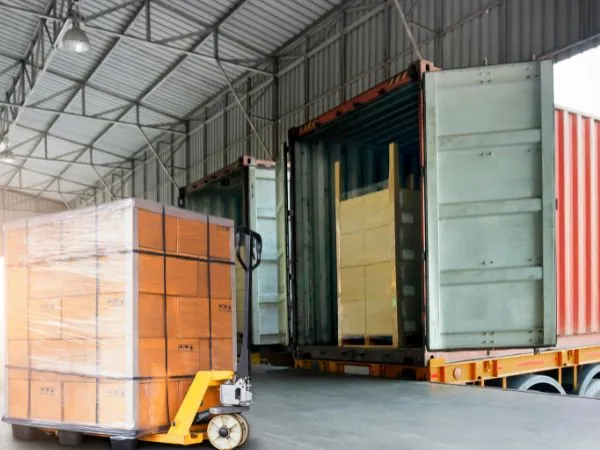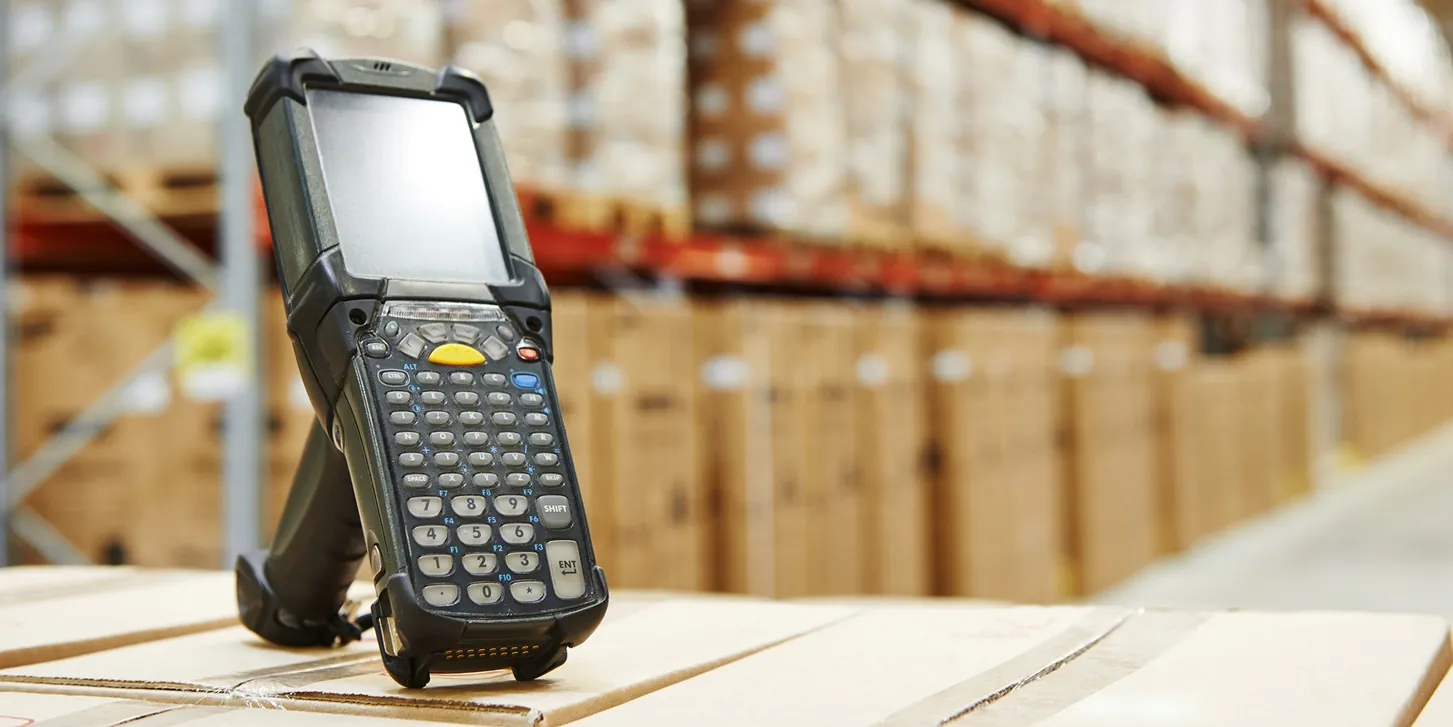
Evolution of Multi-Warehouse Fulfillment: Navigating Complexity & Innovation
Today, more than ever, multi-warehouse fulfillment strategies are vital components for businesses aiming to expedite shipping times and cater to a globalized customer base. However, the implementation of such strategies is far from straightforward. Organizations must deftly navigate a range of complexities and challenges.
But what are these challenges and solutions?
In this article, we will explore the fundamentals of multi-warehouse operations, the challenges of off-network data collection, and potential solutions to inefficiency. By the end of this discussion, you will have a greater understanding of how to successfully navigate a multi-warehouse fulfillment strategy.
Understanding Multi-Warehouse Operations
Multi-warehouse strategies, while offering the advantage of faster shipping times, are not universally suitable. Their complexity is pronounced, especially for operations that span across various geographic regions, necessitating a nuanced understanding of local markets, logistics, and regulatory environments.
What is a Multi-Warehouse Fulfillment Strategy?
A multi-warehouse fulfillment strategy is a logistics approach where a business uses multiple warehouses or distribution centers for storing and shipping products. This strategy is particularly beneficial for medium to large enterprises that have a diverse and widespread customer base.
Key aspects of this strategy include:
- Geographic Spread: Multiple warehouses strategically located in different geographic regions, enabling product storage close to delivery points.
- Inventory Management: Advanced inventory management to track optimal stock levels and movements across multiple locations.
- Risk Mitigation: Using multiple warehouses to mitigate risks of regional weather, socio-political instability, or localized supply chain disruptions.
- Technology Dependence: A heavy reliance on scalable, flexible technologies to efficiently and accurately track inventory for a large volume of orders.
The Challenge of Off-Network Data Collection
With more companies trying to support multiple warehouses, many find themselves grappling with the problem of off-network data collection.
In remote warehouse locations, the inability of technologies like barcode scanners to connect with a central database can lead to significant work stoppages. Connection may be blocked due to loss of Wi-Fi, cellular, or internet access. Needless to say, these disruptions have a cascading effect on supply chain efficiency.
Therefore, building resilience in the warehouse technology environment is critical.
One way to do that is to implement a cost-effective mobile data collection solution with built-in offline/off-network capabilities that integrates with your ERP system.

Learn More About Off-Network Mobility Solutions
Overcoming Connectivity Barriers with Mobile Data Collection
Network outages pose significant risks to multi-warehouse operations. A survey performed by Uptime Institute found that 80% of data centers have experienced an outage.
Naturally, this high percentage means that downtime is inevitable. In that case, having an offline data collection solution becomes essential to maintaining continuity of operations.
With the right mobile data collection solution, inventory operations seamlessly switch between real-time transactions and offline mode.
Depending on the need, mobile automation can fill the gap for:
- Wi-Fi and edge-of-range zones for handheld devices
- Lack of connectivity to on-premise or cloud-based ERP systems
- Loss of internet connection
- Insufficient connectivity to cellular or satellite networks

The Best Strategies for Offline Inventory Control
Enhancing Multi-Warehouse Fulfillment Operations
Mobile data collection continues to drive innovation in multi-warehouse operations. Instant transactions with mobile devices and built-in off-network/offline capabilities enhance areas such as:
- Automated Inventory Management
- Order Optimization
- Field Service
- Sales Forecasting
- Data Analytics
Your Guide to: Tracking Your Inventory Anytime, All the Time
Automated Inventory Management
Leveraging automation in inventory management revolutionizes the way businesses handle stock control, order processing, restocking, manufacturing, and delivery. At the very basic level, barcode scanning automates otherwise manual inventory processes.
Mobile barcoding takes this a step further with advanced automation, enabling truly real-time mobile inventory management. Other automation technologies like RFID, IoT sensors, and WMS systems also play a role in continuous monitoring.

The Comprehensive Guide to Mobile Inventory Management Systems
Together, automation technologies significantly reduce costs associated with labor, inventory handling, human error, and lost materials. Not only does this improve customer service, but it also increases scalability and growth.
In an era where time and accuracy are paramount, automated inventory management not only improves operational efficiency but also enhances customer satisfaction by ensuring product availability and timely delivery. For multi-warehousing, automation is essential.
Order Optimization
Advancements in IT solutions have accelerated multi-warehouse fulfillment strategies. As businesses can collect and access data across multiple locations, it gets easier to operate multiple facilities.
However, it’s important to evaluate the volume of goods being shipped, customer expectations, and shipping dynamics specific to your organization on an ongoing basis. After all, choosing where to ship from requires accurate, timely data to remain cost-effective—provided by, you guessed it, mobile data collection.
In the event of an outage, continuing inventory operations means doing so offline. Making smart decisions about where to ship an order from becomes a guessing game. Afterward, your team will be playing catch-up, putting them behind.
If you have a robust mobile data collection solution, the off-network functionality automatically kicks in, enabling employees to continue working. No catch-up or corrections after the fact required.
As AI continues to evolve, ERP systems will be able to predict order volumes and assign fulfillment locations more accurately. Real-time inventory management will be vital to its execution.

How to Master Order Management in the Supply Chain
Field Service
Whether you are sending teams to a remote facility for equipment maintenance or managing inventories at a central warehouse, getting the right data is crucial. Unlike a connected warehouse, secure mobile networks aren’t always available in the field.
This challenge can be corrected by leveraging off-network capabilities in mobile data collection. With the right mobile solution, delivery drivers and technicians in the field can access documentation on-demand. Information about routes, part requirements, work orders, and signature confirmation are always accessible.

3 Key Benefits of Mobile Work Order Management
If necessary, the field agent will collect and store data locally on the handheld device. Once they return to connectivity, such as a secure Wi-Fi or cellular network, the off-network solution automatically updates the ERP. Without this capability, the field agent would have to manually enter all order data at the end of each day.
For industries like utilities, telecommunications, and healthcare that rely heavily on field work, mobile automation can greatly improve accuracy, productivity, and customer service.
Sales Forecasting
What happens in the warehouse impacts the front office. Decision-making depends on accurate, reliable data collected in the warehouse or factory. With multiple warehouses and production environments, companies must coordinate operations between these facilities. This way, the sales team can accurately estimate when orders can be fulfilled based on available stock.
Live data insights allow this ecosystem to function seamlessly. Mobile data collection fuels the real-time capture of dependable data, making it a necessity for sales forecasting. Collected data can then be analyzed for forecasting, prediction, continuous improvement, and traceability.
With the ability to continue collecting data even while offline or disconnected from critical business systems, businesses can minimize disruptions and improve the bottom line.
Data Analytics
Implementing data analytics in multi-warehouse operations empowers businesses to dynamically adapt to changing market demands and fluctuating inventory levels. By harnessing the power of real-time data, businesses can not only improve operational efficiency but also gain a competitive edge in the marketplace.
As with sales forecasting, data analytics must have data to analyze. Data can be analyzed by AI, human analysts, managers, or financial specialists. To aid in this process, many companies find it helpful to build visual dashboards that update key KPIs at regular intervals—even real time. Certain data collection solutions will include this capability.
Sustainability Practices with Digitization
Handling inventory with paper or manual processes is inefficient. Spread over multiple warehouses, inefficiency leads to unnecessary bottlenecks, overhead costs, and a lack of visibility. Digital transformation of inventory control is needed for a multi-warehouse strategy to succeed.
Digitization means going paperless, thereby reducing waste and enhancing sustainability practices. Not only is this more cost-effective and efficient, but it also signifies responsible business management.
For supply chains looking to optimize multi-warehouse fulfillment strategies, mobile data collection provides the foundational technology for digital transformation.
Additionally, mobile automation can also play a role in enhancing other green initiatives as well:
- Waste reduction
- Scrap and rework
- Reduced environment impact
- Use of recycled materials
- Ethical sourcing of materials
In this way, companies can leverage mobile data collection to fulfill organizational commitments to safe, sustainable practices that also drive long-term profitability.
Transforming Warehouse Management with RFgen Mobile Edge™
The implementation of multi-warehouse fulfillment strategies, while complex, offers significant benefits in terms of shipping efficiency and global market reach. Overcoming the challenges of off-network data collection will be key to success. Technologies like mobile data collection can assist, delivering transformative cost savings and benefits.
As more businesses tap into technology solutions to streamline supply chain management, market leaders must continue to innovate to stay competitive.
If you handle, process, or maintain inventory, then RFgen Mobile Edge™’s advanced mobile data collection capabilities offer the ideal next step toward future growth and profitability in a more resilient supply chain.







